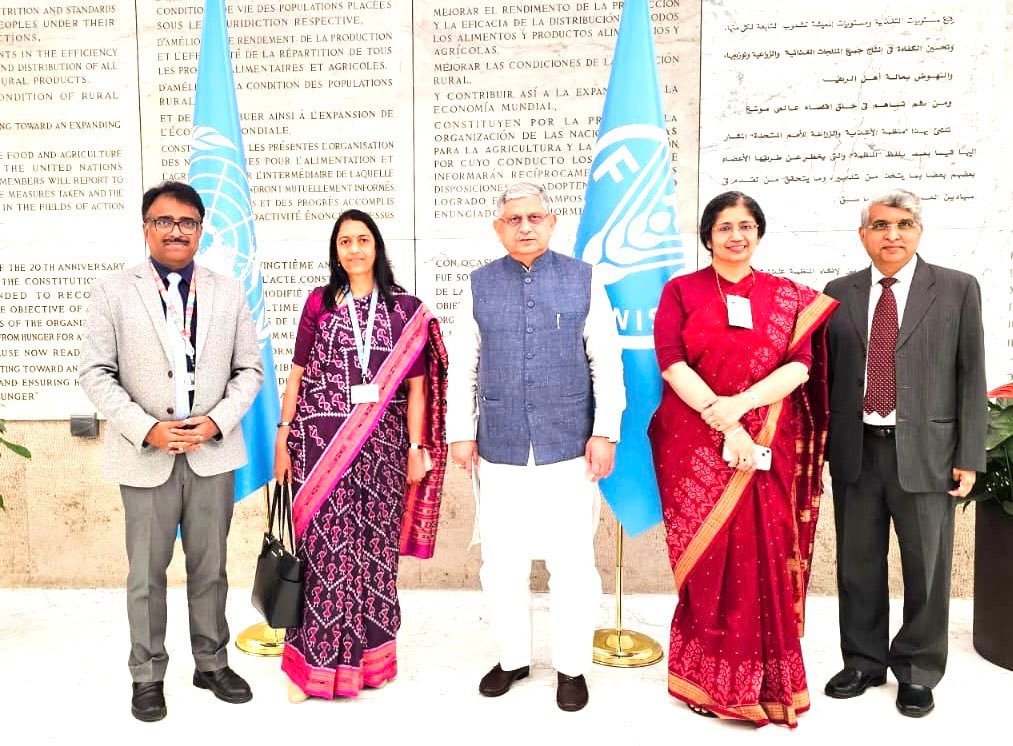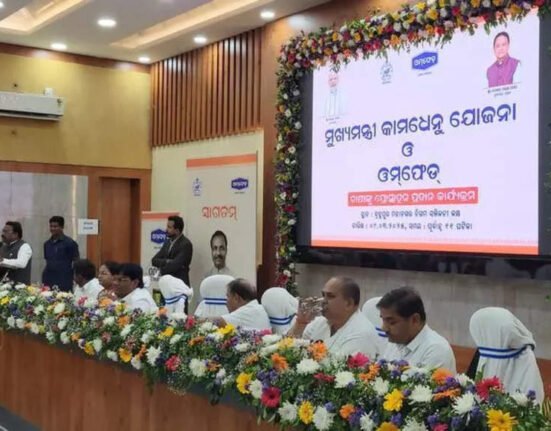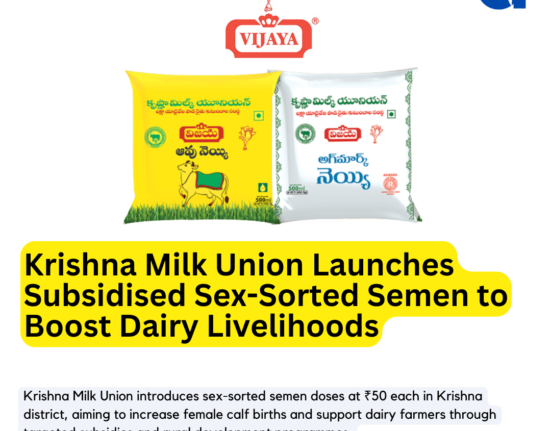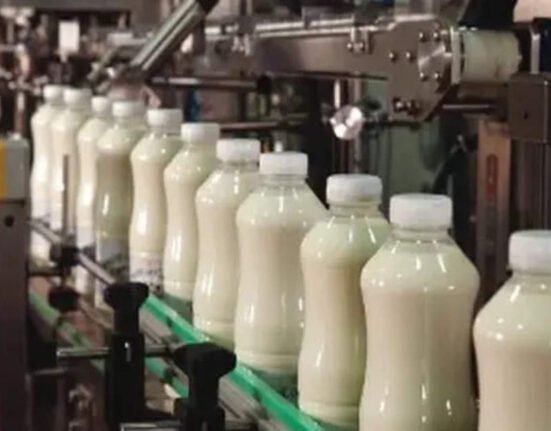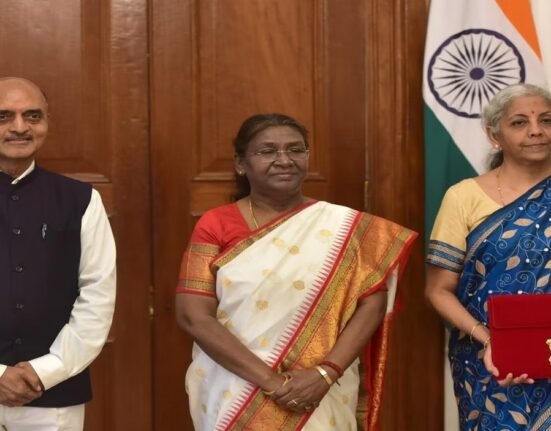Rome, October 1, 2025 – At the FAO Global Conference on Sustainable Livestock Transformation in Rome, India projected itself as a global leader in smallholder-centric livestock innovation, sustainability, and inclusive growth. Senior representatives from the National Dairy Development Board (NDDB) and the Department of Animal Husbandry & Dairying (DAHD) shared India’s transformative journey, rooted in farmer empowerment and scalable technology.
The three-day event, held under the theme “Fostering Change, Scaling Innovations, Driving Solutions”, convened over 1,000 policymakers, industry leaders, researchers, and civil society representatives to move beyond dialogue and accelerate practical solutions.
Day 1: NDDB’s innovations in methane mitigation and circular economy
In a high-level panel on “Unlocking Innovation in the Livestock Value Chain”, Dr. Meenesh Shah, Chairman, NDDB, spotlighted India’s unique context: the world’s largest milk producer with 300 million cattle and buffaloes, yet also one of the most methane-intensive livestock economies.
NDDB’s solutions include:
- Ration Balancing Programme & 1962 Farmer App – digitising local feed data to help farmers prepare least-cost balanced rations, reducing methane emissions in cattle and buffalo by 14–15%.
- Biogas & Manure Management
- Decentralised backyard units (2 m³): Over 35,000 installations now supply household cooking energy and reduce fertiliser use by 25–30%.
- Large-scale units (up to 4,000 m³): Generating compressed biogas for vehicles and energy for dairy plants, creating income streams and reducing emissions.
“These interventions not only cut methane but also generate renewable energy, organic fertiliser, and rural circular economies,” Dr. Shah noted.
He also introduced productivity enhancement technologies such as GAUSORT sex-sorted semen, the Gau Chip and Mahish Chip genomic tools, and the National Digital Livestock Mission (NDLM), designed as a farmer-centric digital ecosystem for livestock health and productivity.
Day 2: India chairs plenary, deepens FAO cooperation
On the second day, Ms. Varsha Joshi, Additional Secretary, DAHD, chaired a plenary on “Scaling Technological Innovations: Insights from Successes.” Experts from Ireland, Uruguay, Thailand, Mauritania, China and Switzerland presented case studies on how scientific breakthroughs can reach farmers and enhance rural incomes.
Meanwhile, Shri Rajiv Ranjan Singh, Hon’ble Union Minister of Fisheries, Animal Husbandry & Dairying, engaged with FAO Director-General Dr. Qu Dongyu to review India–FAO cooperation across fisheries, livestock and dairy. Both sides identified priority areas to strengthen collaboration.
India’s farmer-centric narrative
Addressing the conference, Shri Rajiv Ranjan Singh reaffirmed India’s commitment to sustainable and inclusive livestock systems:
-
“India’s farmer-centric initiatives, innovations and transformations are driving inclusive growth in livestock and dairy under the visionary leadership of Hon’ble PM Shri Narendra Modi ji,” he said.
He highlighted:
- Rashtriya Gokul Mission for breed conservation and genetic improvement.
- World’s largest livestock vaccination drive against FMD and Brucellosis.
- Bharat Pashudhan Digital ID, an ambitious digital livestock identity and traceability programme.
- Women-led cooperatives that empower rural women through dairy enterprise models.
These initiatives, he stressed, integrate productivity, animal health, climate mitigation, and social empowerment – a blueprint for sustainable livestock development in low- and middle-income economies.
Global framing: FAO’s call for action
Opening the conference, FAO Director-General QU Dongyu reminded delegates that livestock sustain 1.3 billion livelihoods globally and contribute 40% of agricultural GDP, while also facing scrutiny for environmental and health impacts.
“Science confirms the lesson: when good practices are adopted, livestock systems can be truly sustainable,” he said.
The Rome conference builds on the 2023 inaugural edition, but shifts emphasis decisively toward “action over theory.”
Why it matters
- For India: Demonstrates how farmer-focused innovation, digitalisation, and decentralised biogas solutions can balance productivity with sustainability.
- For the world: India’s model offers pathways for Asia and Africa, where smallholders dominate.
- For FAO: Marks a visible shift from commitments to real-world implementation, aligning with FAO’s Four Betters agenda: better production, better nutrition, a better environment, and a better life.

